#189
Kaštel Kamerlengo
on Stari Grad Trogir Island, Croatia
1380; 1420-37; and later
This
is NOT an official Lego site
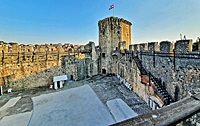 |
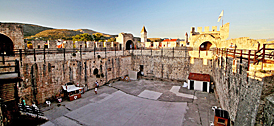 |
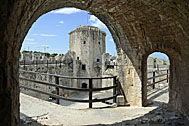 |
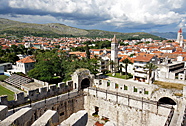 |
| Wall walk view toward donjon | Wall walk view looking east | Donjon view across castle | The view from the donjon roof |
| Build
Your Own |
|||
 |
|||
| Lego Ground Plan is too
large for me to scan. Sorry. |
|||
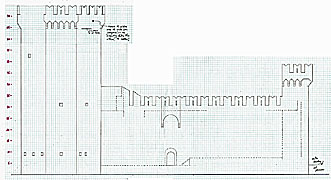 |
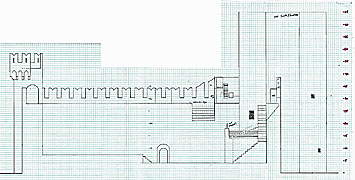 |
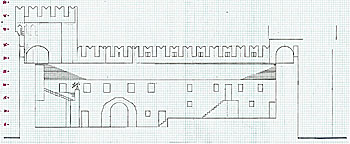 |
 |
|
South Elevation |
Cross-section looking
south |
Cross-section looking
north |
Top-down Donjon, with
details |
Other Kamerlengo Castle pages:
https://www.visittrogir.hr/en/tourist/blogs/kamerlengo-fortress
https://www.castles.nl/kamerlengo-castle
https://hr.wikipedia.org/wiki/Ka%C5%A1tel_Kamerlengo
Return to the
main castle
page.
Castles created by
Robert
Carney
Page designed & maintained by Robert Carney